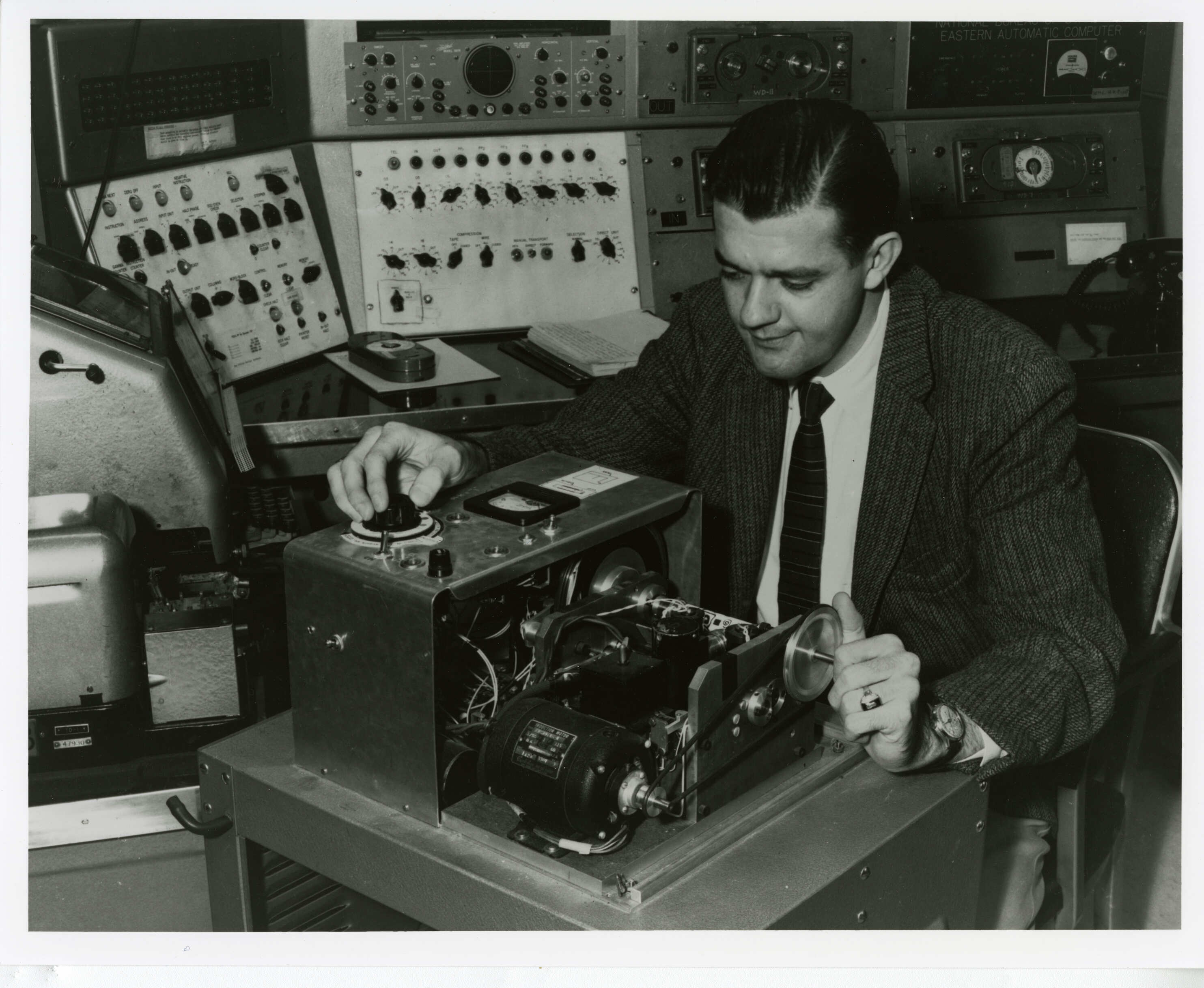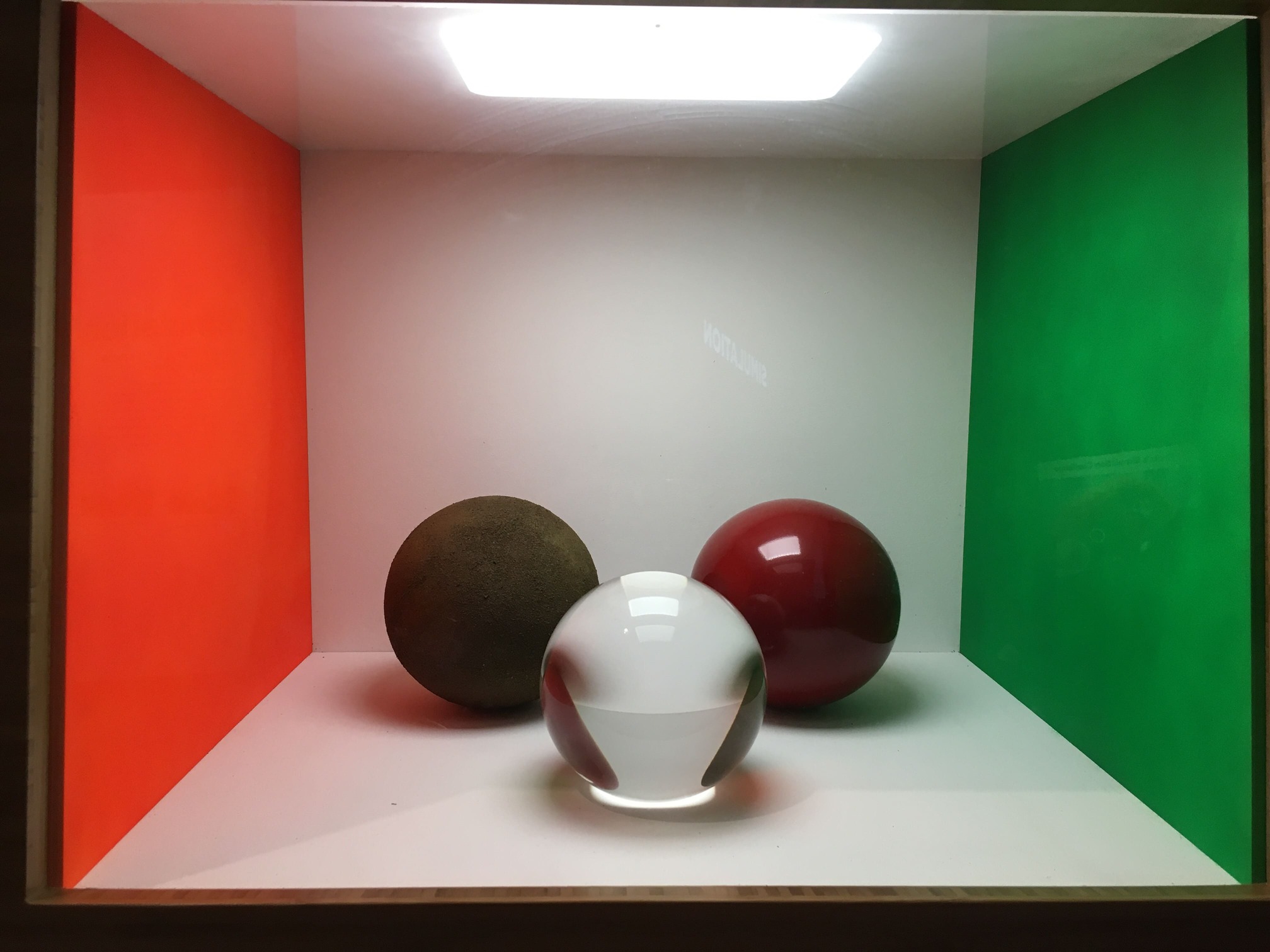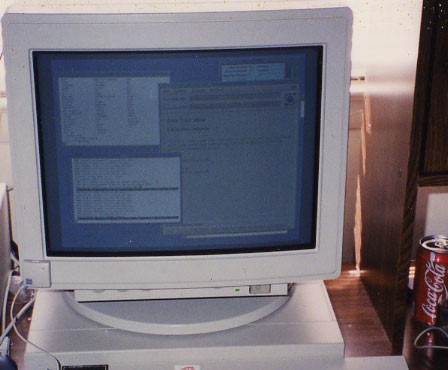THE HISTORY OF 3D RENDERING: Augmented reality. Part 1
AR is an interactive practice where the real world merges with a computer generated material. The objects of the real-world are complemented by virtual imagery. The imagery may be of different sensory modality, e.g. visual, acoustic, tactile, olfactory. The algorithm of AR can be described as a combination of three main functions: a connection of real and computer-generated worlds, real-time interactivity, proper 3D registration of real and virtual images. The covering perceptual information can be of two types: constructive or destructive, i.e. complementary to the natural setting or disguising it.
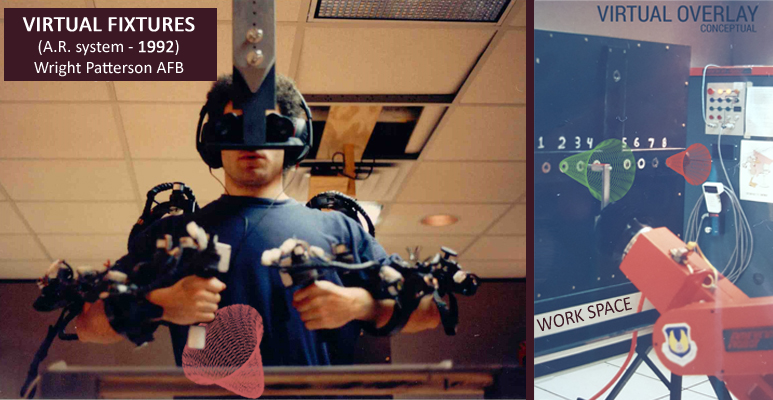
AR in the Pre-Digital Age
“Character Marker”
That was the first AR device, though imaginary. It emerged from “The Master Key”, a novel by L. Frank Baum, published in 1901 .This fairy tale is dedicated to the writer’s son - and to electricity. Among the “gifts” given to a boy named Rob by the Demon of Electricity there is a pair of spectacles, a “character marker”. ”While you wear them every one you meet will be marked upon the forehead with a letter indicating his or her character. The good will bear the letter 'G,' the evil the letter 'E.' The wise will be marked with a 'W' and the foolish with an 'F.' The kind will show a 'K' upon their foreheads and the cruel a letter 'C.'”
The powerful imagination of the author of “The Magic of Oz” not only anticipated AR, but also television, laptops, shockers and other novelties incredible in those times.
Sensorama
That huge apparatus demonstrated one of the earliest AR and VR technologies and became a precursor of the modern AR systems. It was developed in 1957-1962 by the American filmmaker and VR pioneer Morton Heilig and his partner. In 1962 Sensorama was patented.
Sensorama was a multimodal mechanical gadget with a head-mounted stereoscopic color display, stereo-sound system, a movable chair, source of smells and ventilators. It imitated a motocycle racing through the streets of NYC with all the views, noises, smells and winds of the city.
Sensorama was a great leap in AR/VR technology in those times, but a complete commercial failure, as it was impossible to sell it.
The Sword of Damocles
In 1968, Ivan Sutherland with his students Danny Cohen, Bob Sproull and others developed VR head-mound display, a device that is considered to be the first AR HMD gadget. It was also a tracking system, as for its operating head movements had to be tracked. For this purpose the user’s head was fastened tightly inside the device and the movements were tracked by a mechanical hand dangling from the ceiling. No wonder the machine got its name!
The display implemented by Sutherland in his device was a stock item for US military helicopter pilots which they used for browsing outside video cameras.
The VR settings of the Sword of Damocles were rudimentary, a special computer program displayed output in the screen of the device. The module was see-through, so the uses could examine the surroundings as well.
EyeTap
In 1980 Steve Mann, a Canadian scientist and inventor, introduced the EyeTap, the first wearable system of computer vision with graphical symbols overlaid on a scene, viewed by the eye.
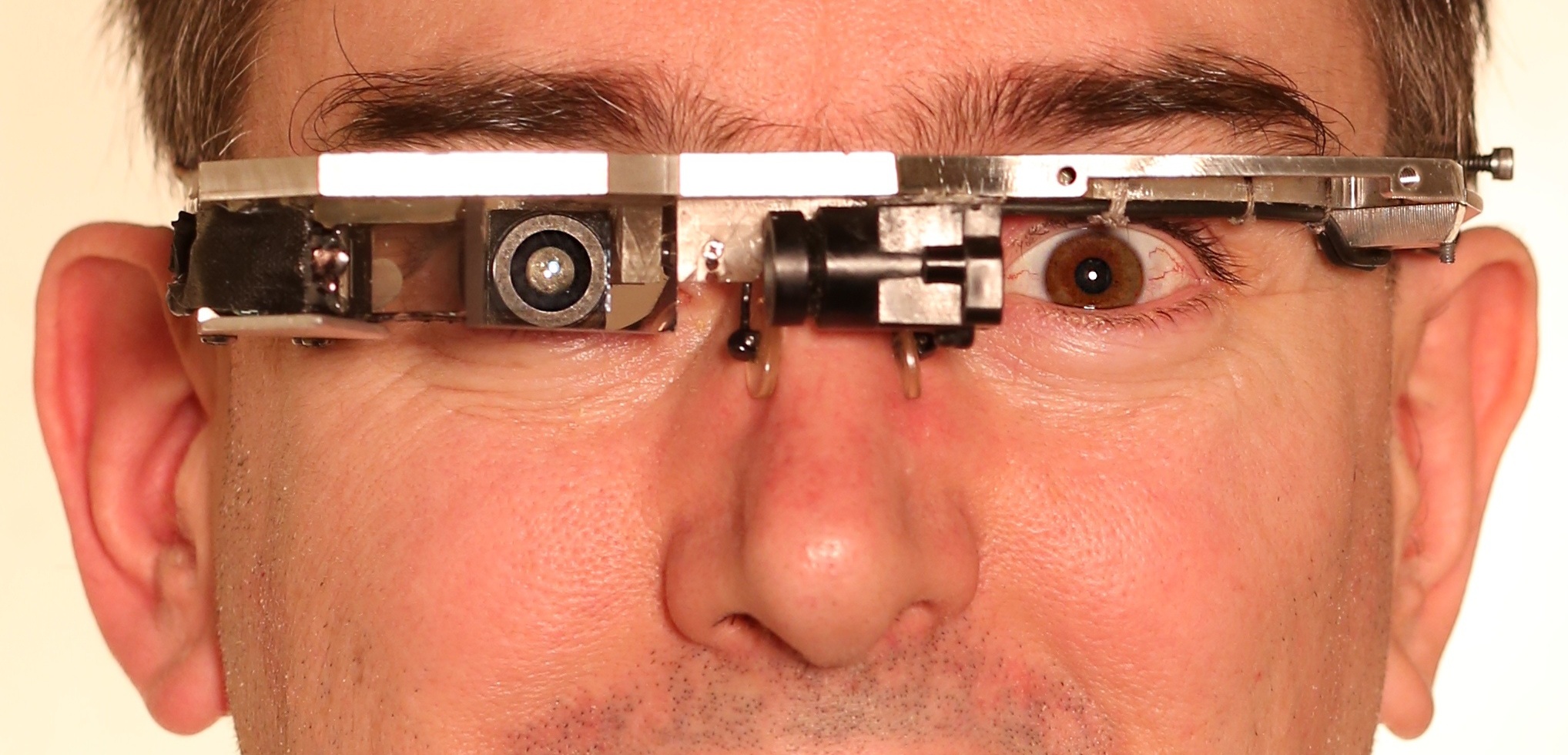
Head-Up Display (HUD)
The principle of this device is the same as in the EyeTap – the computer-generated information is located on a transparent display so the user does not need to change the direction of his view. HUD was originally created for military aviation and in 1980 the work of Gavan Lintern (the University of Illinois) showed its importance for training the real flight skills of pilots.
The Author Of The Term
Thomas P. Caudell, a Boeing ex-researcher, is considered to be the author of the term Augmented Reality, which appeared in his 1992 work “Augmented Reality: An Application of Heads-Up Display Technology to Manual Manufacturing Processes”.



